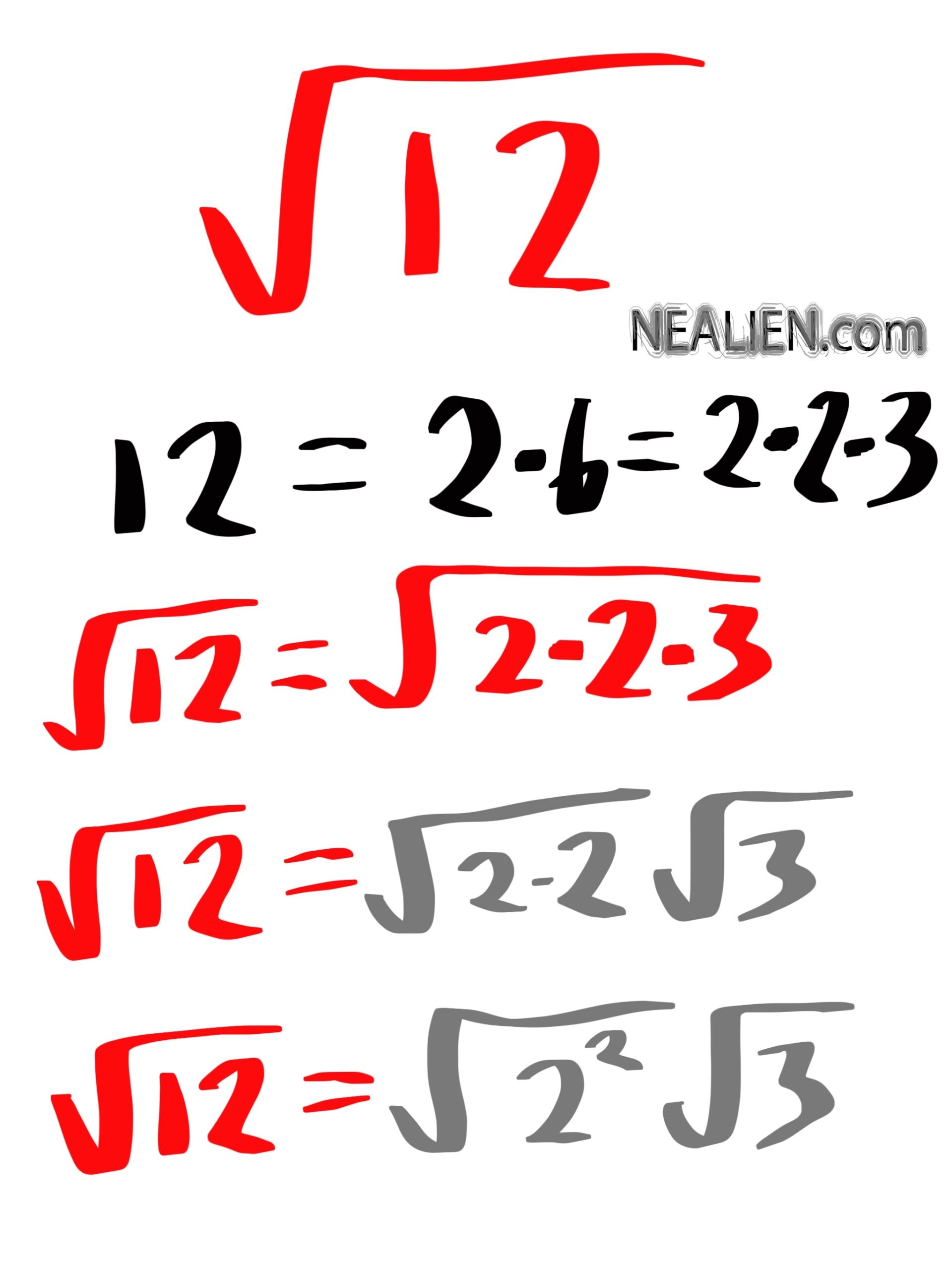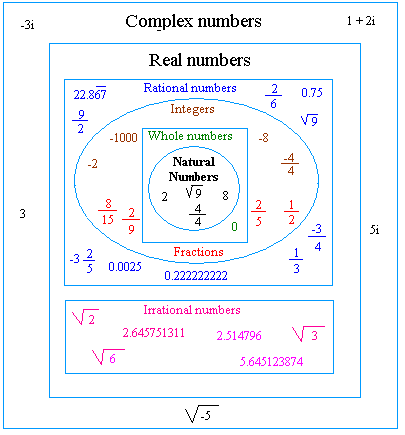Topic 1/9 square root: Understanding the square root of 1/9 can be a straightforward process with the right approach. This article will break down the concept, provide methods for calculating it, and explore its significance in various mathematical contexts.
Table of Content
- Square Root of 1/9
- Introduction
- What is a Square Root?
- Calculating the Square Root of 1/9
- Principal Square Root and its Importance
- Properties of Square Roots
- Simplifying Square Roots of Fractions
- Examples and Applications
- Common Mistakes and Misconceptions
- Further Resources and Tools
- YOUTUBE: Xem video về bình phương của 1/9 và cách tính căn bậc hai của 1/9 để hiểu rõ hơn về chủ đề này.
Square Root of 1/9
The square root of a fraction can be simplified by taking the square root of the numerator and the denominator separately. This method makes it easier to understand and compute the square root of the given fraction.
Simplification Process
- Rewrite the fraction under the square root:
\(\sqrt{\frac{1}{9}}\)
- Separate the square root for the numerator and the denominator:
\(\frac{\sqrt{1}}{\sqrt{9}}\)
- Calculate the square roots individually:
\(\sqrt{1} = 1\)
\(\sqrt{9} = 3\)
- Combine the results:
\(\frac{1}{3}\)
Final Answer
Therefore, the square root of \( \frac{1}{9} \) is:
\(\sqrt{\frac{1}{9}} = \frac{1}{3}\)
In decimal form, this is approximately 0.333.
Example Calculation
Let's apply this method to a different fraction, \( \frac{1}{16} \):
- Rewrite the fraction under the square root:
\(\sqrt{\frac{1}{16}}\)
- Separate the square root for the numerator and the denominator:
\(\frac{\sqrt{1}}{\sqrt{16}}\)
- Calculate the square roots individually:
\(\sqrt{16} = 4\)
- Combine the results:
\(\frac{1}{4}\)
Conclusion
The method for finding the square root of a fraction is straightforward and can be applied to any fraction. This process involves separating the square root of the numerator and the denominator, calculating them individually, and then combining the results.
Further Reading

READ MORE:
Introduction
Understanding the square root of a fraction can seem challenging, but it's a straightforward process when broken down into steps. The square root of simplifies to , as both the numerator and the denominator are perfect squares. This concept is foundational in algebra and helps in solving more complex mathematical problems.
- Rewrite the fraction under the square root as the division of two square roots: .
- Calculate the square root of the numerator (1) and the denominator (9): .
- Simplify the expression to get the final result: .
This simplification shows that the square root of a fraction is the fraction of the square roots. This fundamental principle is applicable in various mathematical contexts, making it a useful tool in both academic and real-world applications.
What is a Square Root?
The square root of a number is a value that, when multiplied by itself, gives the original number. It is represented using the radical sign (√). For example, the square root of 9 is 3, because 3 multiplied by 3 equals 9. In mathematical notation, this is expressed as √9 = 3. Square roots can apply to both whole numbers and fractions.
For fractions, the process is similar. For instance, the square root of 1/9 can be calculated by taking the square root of the numerator (1) and the square root of the denominator (9) separately. This results in √(1/9) = √1 / √9 = 1/3.
- The square root function is fundamental in various areas of mathematics, including algebra, geometry, and calculus.
- Square roots are also essential in solving quadratic equations and understanding the properties of numbers.
Understanding square roots is crucial for advancing in mathematical studies and practical applications, such as engineering, physics, and computer science. Square roots help in finding distances, calculating areas, and solving real-world problems that involve exponential growth or decay.
Calculating the Square Root of 1/9
To calculate the square root of
- Rewrite the expression:
\(\sqrt{\frac{1}{9}}\) . - Use the property of square roots for fractions:
\(\sqrt{\frac{a}{b}} = \frac{\sqrt{a}}{\sqrt{b}}\) . Thus,\(\sqrt{\frac{1}{9}} = \frac{\sqrt{1}}{\sqrt{9}}\) . - Calculate the square roots of the numerator and the denominator separately:
- The square root of 1 is 1:
\(\sqrt{1} = 1\) . - The square root of 9 is 3:
\(\sqrt{9} = 3\) .
- The square root of 1 is 1:
- Combine the results:
\(\frac{\sqrt{1}}{\sqrt{9}} = \frac{1}{3}\) .
Therefore, the square root of
Principal Square Root and its Importance
The principal square root of a number is the non-negative square root and is denoted by the radical symbol √. For instance, the principal square root of 9 is 3, as expressed by √9 = 3. The principal square root is important because it provides a standardized way of representing the non-negative root of any non-negative number, which is essential in various mathematical calculations and applications.
Understanding the principal square root is crucial because:
- It simplifies mathematical expressions by providing a consistent method for dealing with roots.
- It is fundamental in solving quadratic equations where the solution involves taking the square root of both sides of the equation.
- It aids in understanding more complex mathematical concepts such as exponents and logarithms.
- It is applied in real-world scenarios, including physics problems involving motion and energy, financial calculations involving interest rates, and engineering problems.
For example, when calculating the square root of 1/9, using the principal square root, we get:
\[ \sqrt{\frac{1}{9}} = \frac{\sqrt{1}}{\sqrt{9}} = \frac{1}{3} \]
This result is the principal square root, which simplifies the understanding and application of fractional roots in various mathematical contexts.

Properties of Square Roots
The properties of square roots are fundamental concepts in mathematics that help simplify and solve various mathematical problems. Here are some key properties of square roots:
- Non-negative Results: The principal square root of a non-negative number is always non-negative. For example, \( \sqrt{9} = 3 \) and \( \sqrt{16} = 4 \).
- Product Property: The square root of a product is the product of the square roots of each factor. This can be expressed as: \[ \sqrt{a \cdot b} = \sqrt{a} \cdot \sqrt{b} \] For example, \( \sqrt{36} = \sqrt{9 \cdot 4} = \sqrt{9} \cdot \sqrt{4} = 3 \cdot 2 = 6 \).
- Quotient Property: The square root of a quotient is the quotient of the square roots of the numerator and the denominator. This can be expressed as: \[ \sqrt{\frac{a}{b}} = \frac{\sqrt{a}}{\sqrt{b}} \] For example, \( \sqrt{\frac{25}{4}} = \frac{\sqrt{25}}{\sqrt{4}} = \frac{5}{2} \).
- Square of a Square Root: The square of the square root of a number returns the original number: \[ (\sqrt{a})^2 = a \] For example, \( (\sqrt{5})^2 = 5 \).
- Negative Numbers: The square root of a negative number is not a real number, but rather an imaginary number. For example, \( \sqrt{-1} = i \), where \( i \) is the imaginary unit.
- Rational and Irrational Roots: Square roots of perfect squares (like 1, 4, 9) are rational numbers, while square roots of non-perfect squares (like 2, 3, 5) are irrational numbers.
These properties are essential for simplifying expressions involving square roots and for solving equations. Understanding these principles can greatly aid in mathematical problem-solving and analysis.
Simplifying Square Roots of Fractions
Simplifying square roots of fractions involves a few systematic steps. Here's a detailed guide to help you understand and simplify such expressions:
- Convert to Fraction Form:
First, ensure the expression is in the form of a fraction. For example, \(\frac{1}{9}\).
- Apply the Square Root:
The square root of a fraction is the square root of the numerator divided by the square root of the denominator:
\(\sqrt{\frac{1}{9}} = \frac{\sqrt{1}}{\sqrt{9}}\).
- Simplify the Numerator and Denominator:
Simplify the square roots of both the numerator and the denominator:
\(\sqrt{1} = 1\) and \(\sqrt{9} = 3\), so \(\frac{\sqrt{1}}{\sqrt{9}} = \frac{1}{3}\).
- Final Simplified Form:
The simplified form of the square root of \(\frac{1}{9}\) is \(\frac{1}{3}\).
This method can be applied to any fraction to simplify the square root. Practicing these steps with different fractions will help solidify your understanding and ability to simplify square roots of fractions efficiently.
Examples and Applications
Here are some examples and practical applications demonstrating the use of the square root of 1/9:
- Example 1: Geometry
In geometry, the square root of 1/9 can represent the length of one side of a square with an area of 1/9 square units. Visualize a square with an area of 1/9 units2. The length of each side would be √(1/9), which simplifies to 1/3 units. So, in this context, the square root of 1/9 represents the side length of the square.
- Example 2: Proportions
Consider a proportion problem where you have a total of 1/9 of a substance and need to find the amount of one part. Let's say you have a mixture containing 1/9 of a cup of sugar. If you need to measure out one-third of that mixture, you would need to take the square root of 1/9 to find out how much sugar is in one-third of the mixture. The result, 1/3, represents the amount of sugar needed for one-third of the total mixture.
- Example 3: Engineering
In engineering, understanding fractions and their square roots is crucial for various calculations. For instance, in structural engineering, when dealing with load distribution, knowing the square root of fractions like 1/9 helps in determining the distribution of forces across different components or sections of a structure.
Common Mistakes and Misconceptions
Despite its simplicity, the square root of 1/9 can still lead to some common mistakes and misconceptions. Here are a few to be aware of:
- Mistake 1: Confusion with Whole Number Roots
One common mistake is treating the square root of 1/9 as a whole number root. Some may incorrectly assume that the square root of 1/9 is simply 1/3 without understanding the process of simplifying fractions within the square root.
- Mistake 2: Forgetting about Negative Roots
Another misconception is forgetting that square roots can have both positive and negative values. When calculating the square root of 1/9, it's essential to consider both the positive and negative roots, which results in ±1/3.
- Mistake 3: Misunderstanding the Concept of Fractions
Some individuals may struggle with understanding fractions, leading to errors in calculating the square root of 1/9. It's crucial to grasp the concept of fractions and how they interact with square roots to avoid mistakes.

Further Resources and Tools
For additional information and tools related to understanding the square root of 1/9, consider exploring the following:
- Online Calculators: Utilize online calculators specifically designed for computing square roots of fractions like 1/9. These calculators often provide step-by-step solutions and can help verify your own calculations.
- Math Forums and Communities: Engage with math enthusiasts and experts in online forums and communities. Platforms like Math Stack Exchange or Reddit's r/math community can be valuable resources for asking questions, sharing insights, and learning from others.
- Math Tutorial Websites: Explore educational websites offering tutorials on various mathematical concepts, including square roots and fractions. Websites like Khan Academy, Mathway, and Purplemath provide comprehensive explanations and practice problems to reinforce your understanding.
- Math Textbooks and Guides: Refer to reputable math textbooks and guides that cover topics related to fractions, square roots, and algebra. Textbooks such as "Algebra: Structure and Method, Book 1" by Richard G. Brown or "Algebra Essentials Practice Workbook with Answers" by Chris McMullen can serve as valuable learning resources.
Xem video về bình phương của 1/9 và cách tính căn bậc hai của 1/9 để hiểu rõ hơn về chủ đề này.
Bình Phương Của 1/9 | Căn Bậc Hai của 1/9
READ MORE:
Xem video về cách rút gọn căn bậc hai của 1/9 để hiểu rõ hơn về chủ đề này.
Rút Gọn Căn Bậc Hai của 1/9, Căn Bậc Hai của 1/9













